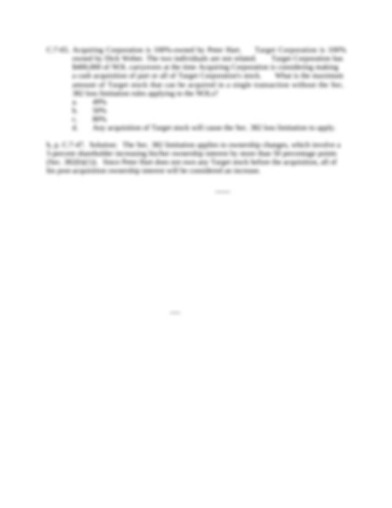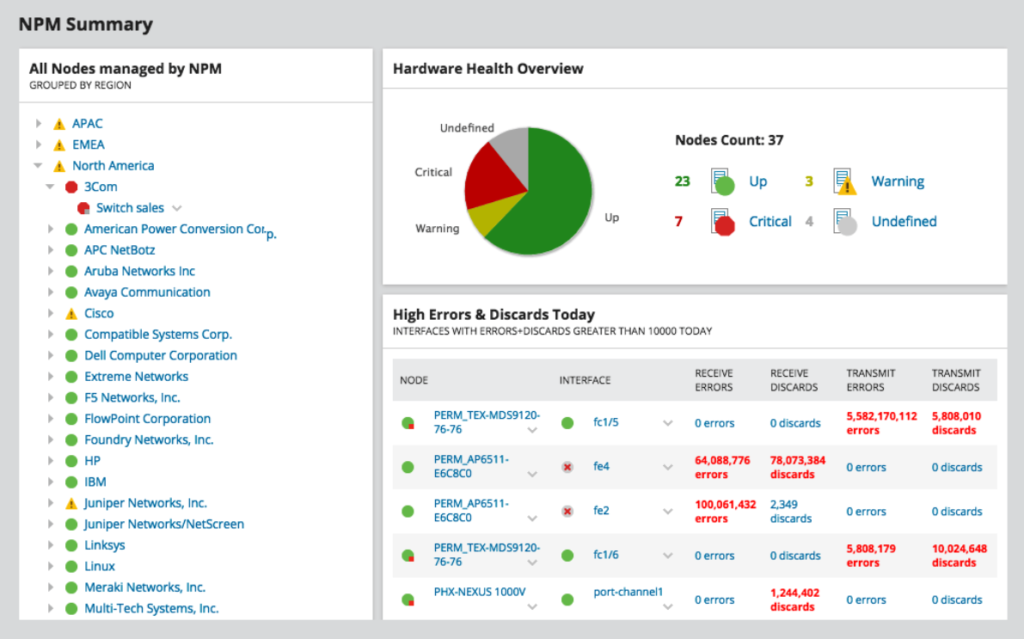
As we saw when we looked at the Sales Ledger Control account, a contra set-off (or contra), occurs when two businesses that owe each other money agree to net some of these debts off to leave a single balance outstanding. Instead, further information will be stored in the Accounts Receivable subsidiary ledger. • Sales ledger is also known as the sales sub-ledger while purchase ledger is also known as the purchases sub-ledger.
Contents
Purchase ledger: a small business guide – Simply Business knowledge
Purchase ledger: a small business guide.
Posted: Tue, 18 Oct 2022 07:00:00 GMT [source]
A contra account is an account that is used in double-entry bookkeeping to offset the balance of another account. Contra accounts have opposite normal balances than the account they offset, for example if the account it offsets is a debit account, the contra account will have a credit balance. Control accounts, also known as “summary accounts,” are used in double-entry bookkeeping and accounting systems to summarize and reconcile the activity in a group of related accounts. Purchase ledger control account is a part of a balance sheet and a short-term liability. Purchase Ledger Control Account (PLCA) is a summarized ledger of all the trade creditors of the entity.
An example of a control account
The purchase ledger control account is used to keep from cluttering up the general ledger with the massive amount of information that is typically stored in the purchase ledger. Immediately after posting, the balance in the control account should match the balance in the purchase ledger. Since no detailed transactions are stored in the control account, anyone wanting to research purchase transactions will have to drill down from the control account to the purchase ledger to find them. Control accounts are usually maintained by large organizations because of a high volume of transactions. To manage them properly, you have to first make a subsidiary ledger where you will keep a record of all customers in one place. At last, you can make a controlling account by putting ending balances of subsidiary accounts.
It will therefore act very similarly to the trade receivable account which is an asset account so will increase on the debit side. An example of a purchases ledger control account including interest charged by suppliers for late payment and contra set-offs shown in blue, is given below. This section will look at the transactions for Fooz Ball Town and how to post to subsidiary ledgers for accounts receivable and accounts payable. Purchase ledger is a book of accounts that records all credit purchase transactions of an organization. Main aim of maintaining a purchase ledger is to keep detailed purchase records and monitor creditors.
If there is a balance, a schedule of accounts payable would be prepared in the same manner as accounts receivable. • Both sales and purchase ledgers are considered as an internal database, usually maintained by the accounting department. The video below will cover what has been taught so far in this post but will also demonstrate the basics of using control accounts. Please watch the video and then scroll down to learn more about control accounts… When you account for any financial transaction of a business, company, or other entity, you always need a debit entry and a corresponding credit entry… Using a control account can guard against fraud, particularly if you have someone else maintain the control account.
Similarities between Sales Ledger and Purchase Ledger
For Example in large organizations with multiple products and extensive credit sales, there will be many customers, so many personal ledgers for customers accordingly. In the manual accounting system, it is very likely that some transactions may get omitted from posting into ledgers. B) Prepare an amended sales ledger control account, extracting the relevant information from the list of errors given above. The following errors have been discovered since the sales ledger control account was prepared. A) Extract the relevant information from above and prepare the sales ledger control account for the month ended 31 May 2003.
If at any time the control account and the subsidiary ledger are not in balance, the subsidiary ledger will need to be reconciled to locate and correct the error. The details of a control account will be found in a corresponding subsidiary ledger. The control account keeps the general ledger clean of details, but contains the correct balances used for preparing a company’s financial statements. Control accounts give a summary of all the individual accounts that are in the sales and purchases ledger. It provides a nice total which can be used in the statement of financial position. In addition it is a double check to ensure we have not made an error or any fraud has taken place.
It would not be posted to the bank account as no physical cash has gone to the bank account, or the petty cash account… The process would be completed for the accounts payable control account, which would record transactions from the purchases journal as well as the cash account. Because control accounts summarize information in subsidiary ledgers, they should always remain in balance.
Therefore a control account for a Sales Ledger can be called a Sales ledger Control accounts or Total Debtors Account. A control account for a Purchases Ledger can be called a Purchases Ledger Control account or a Total Creditors Account. Sales ledger that falls under the system of accounts, always records all credit sales transactions of a particular organization. Main purpose of maintaining a ledger is to record and monitor debtors of the business. The information in the purchase ledger is aggregated periodically and posted to an account in the general ledger, which is known as a control account.
Accounts Receivable Subsidiary Ledger
Cask Ltd has therefore charged Bottle Ltd £20 interest for late payment. Designed for freelancers and small business owners, Debitoor invoicing software makes it quick and easy to issue professional invoices and manage your business finances. It’s easy to track your expenses from anywhere with online invoicing software like Debitoor. Harold Averkamp (CPA, MBA) has worked as a university accounting instructor, accountant, and consultant for more than 25 years. The information on this site cannot be relied on as accurate and up to date. We strongly advise you seek the advice of accounting and tax professionals before making any accounting related decisions.
- We will also record the contra in the other business’ ledger accounts in the Purchases Ledger and the Sales Ledger.
- So, recording numerous numbers of customers and suppliers on credit (throughout one year period) could create a lot of errors.
- In addition it is a double check to ensure we have not made an error or any fraud has taken place.
The purchase ledger shows which purchases have been paid for and which purchases remain outstanding. A typical transaction entered into the purchase ledger will record an account payable, followed at a later date by a payment transaction that eliminates the account payable. Thus, there is likely to be an outstanding account payable balance in the ledger at any time.
An illustration of how a contra is recorded can be seen in section 3.02 of this course. The Purchases Ledger Control Account (often abbreviated to “PLCA”) can be found in a business’ General Ledger. It records transactions that affect the amount of money owed by the business to its credit suppliers and is used to calculate the total amount owed to the suppliers. The control account keeps the general ledger free of details, but still has the correct balance for preparing the company’s financial statements.
Cash Sales and Cash Purchases
If someone enters a shop and purchases an item with physical cash, the debit entry will be posted to the cash account and the credit entry will be posted to the sales account. Perhaps reviewing the PEARLS acronym will help refresh your memory… At the end of each day, the credit sales recorded in Salse Journal are posted to a personal receivable account. A control account is a general ledger account containing only summary amounts. The details for each control account will be found in a related (but separate) subsidiary ledger. Purchases ledger is simply a collection of creditors’ T-accounts or an accounting book in which accounts of creditors are maintained.

This site contains free bookkeeping and accounting courses and is ideal for anyone looking to learn finance, bookkeeping or accounting. This site contains information on double-entry bookkeeping, basic accounting, credit control, business planning, etc. Please watch the video below to gain a much better understanding of control accounts. But first I strongly suggest you watch the video at the bottom of this page, as it may help you learn and understand control accounts much more efficiently. If you’re using a manual accounting system, there are benefits to using control accounts.
Free Bookkeeping Accounting
Also known as the “Trade creditors control A/C”, it shows the total trade creditors of a company at a given time. In other words, it shows how much in total a business owes to its suppliers at a particular point of time, i.e. the total of Accounts Payable. The individuals and other organizations that have direct transactions with the business are called personal accounts. PLCA indicates total trade payables at a given point in time, and since trade payables are personal accounts, PLCA also operates according to the golden rule for personal accounts. In Debitoor accounting & invoicing software, the double-entry bookkeeping method is built-in, meaning that when you enter an expense, you can also enter payments on the expense for specific suppliers.

Once you have a good understanding of debits and credits and the basics of double-entry bookkeeping, then you may be ready to understand and start using control accounts. If you are still new to bookkeeping and accounting, I suggest you take my free bookkeeping course. A control account works as an adjusting and controlling account that summarizes and sums up balances of all subsidiary accounts’ information of a specific account type in a general ledger. Subsidiary accounts are used to provide support and detailed information on a related account type. When using a control account for accounts receivable, a variety of subsidiary transactions will be included in the control account balance. At the period end when the trial balance is prepared, there are chances that it may not agree (The total of all Debits is not equal to the total of all credits).
For example, if your bookkeeper or accounting clerk is responsible for entering sales or purchases transactions, you can have someone else be in charge of the control account, thus providing a safeguard against fraud. If the total balances of all individual accounts within a ledger are in agreement with the balance of the Control account it implies that the transactions within that ledger are arithmetically accurate and complete. Since it indicates the total trade payables, it shows a credit balance and the modern rule of accounting cannot be broken under any circumstances. total estimated 2021 tax burden is also referred to as a “Trade Creditors Control Account”. It indicates the total amount a business entity owes to its suppliers at a particular point in time. Therefore, it is a “short-term liability” for the business entity and forms part of the balance sheet.

Leave a Reply